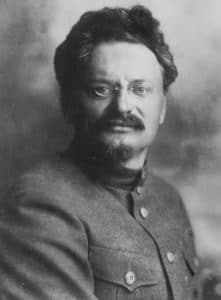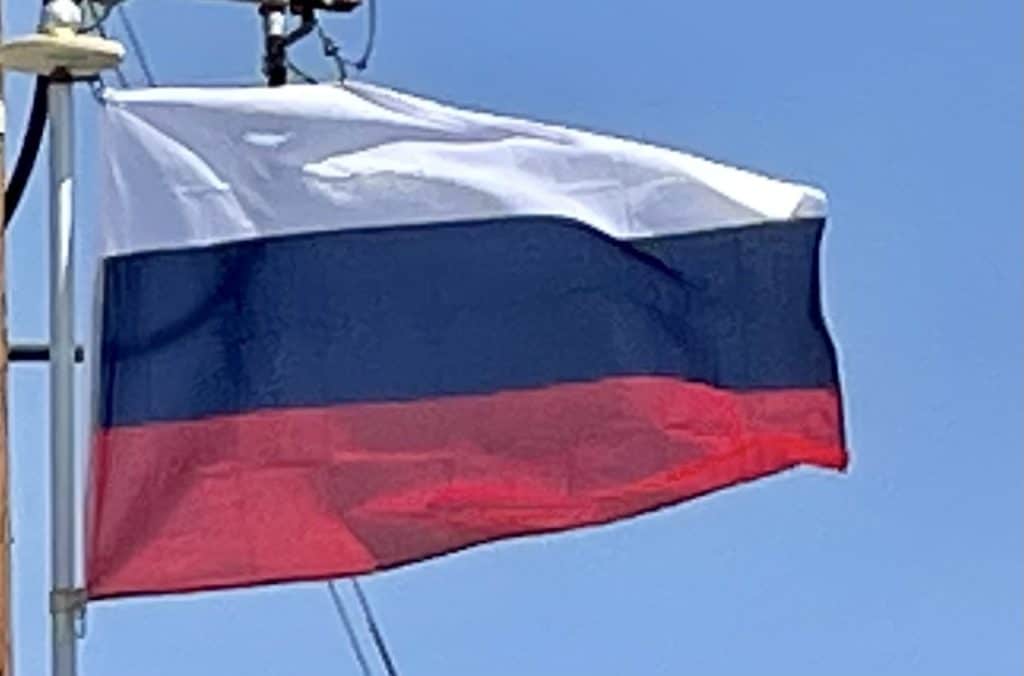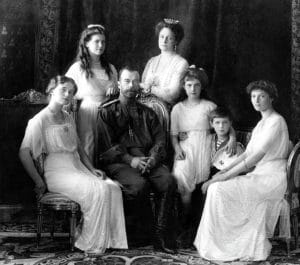
The February Revolution forced Nicholas II to abdicate; he and his family were imprisoned and later executed in Yekaterinburg during the Russian Civil War. The monarchy was replaced by a shaky coalition of political parties that declared itself the Provisional Government. On 1 September (14), 1917, upon a decree of the Provisional Government, the Russian Republic was proclaimed. On 6 January (19), 1918, the Russian Constituent Assembly declared Russia a democratic federal republic (thus ratifying the Provisional Government’s decision). The next day the Constituent Assembly was dissolved by the All-Russian Central Executive Committee.
Russian Civil War:
An alternative socialist establishment co-existed, the Petrograd Soviet, wielding power through the democratically elected councils of workers and peasants, called Soviets. The rule of the new authorities only aggravated the crisis in the country instead of resolving it. Eventually, the October Revolution, led by Bolshevik leader Vladimir Lenin, overthrew the Provisional Government and gave full governing power to the Soviets, leading to the creation of the world’s first socialist state.
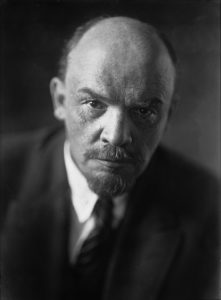
Following the October Revolution, the Russian Civil War broke out between the anti-Communist White movement and the new Soviet regime with its Red Army. Bolshevist Russia lost its Ukrainian, Polish, Baltic, and Finnish territories by signing the Treaty of Brest-Litovsk that concluded hostilities with the Central Powers of World War I. The Allied powers launched an unsuccessful military intervention in support of anti-Communist forces. In the meantime, both the Bolsheviks and White movement carried out campaigns of deportations and executions against each other, known respectively as the Red Terror and White Terror. By the end of the civil war, Russia’s economy and infrastructure were heavily damaged. There were an estimated 7–12 million casualties during the war, mostly civilians. Millions became White émigrés, and the Russian famine of 1921–22 claimed up to five million victims.
Soviet Union:
On 30 December 1922, Lenin and his aides formed the Soviet Union, by merging the Russian SFSR with the Ukrainian, Byelorussian, and the Transcaucasian SFSR. Out of the 15 republics of the Soviet Union, the largest in size and population was the Russian SFSR, which dominated the union for its entire history politically, culturally, and economically.
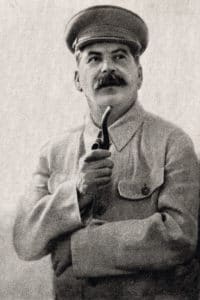
Following Lenin’s death in 1924, a troika was designated to take charge. Eventually Joseph Stalin, the General Secretary of the Communist Party, managed to suppress all opposition factions and consolidate power in his hands to become the country’s dictator by the 1930s. Leon Trotsky, the main proponent of world revolution, was exiled from the Soviet Union in 1929, and Stalin’s idea of Socialism in One Country became the official line. The continued internal struggle in the Bolshevik party culminated in the Great Purge, a period of mass repressions in 1937–38, during which hundreds of thousands of people were executed, including original party members and military leaders forced to confess to nonexistent plots.
